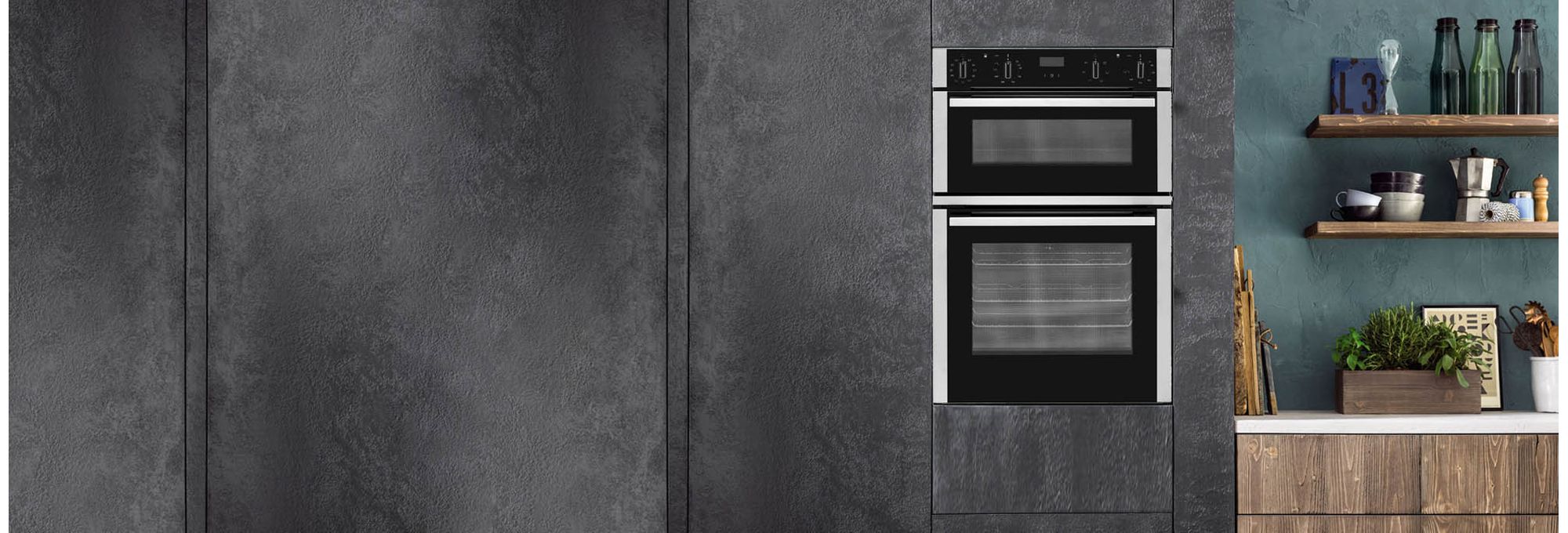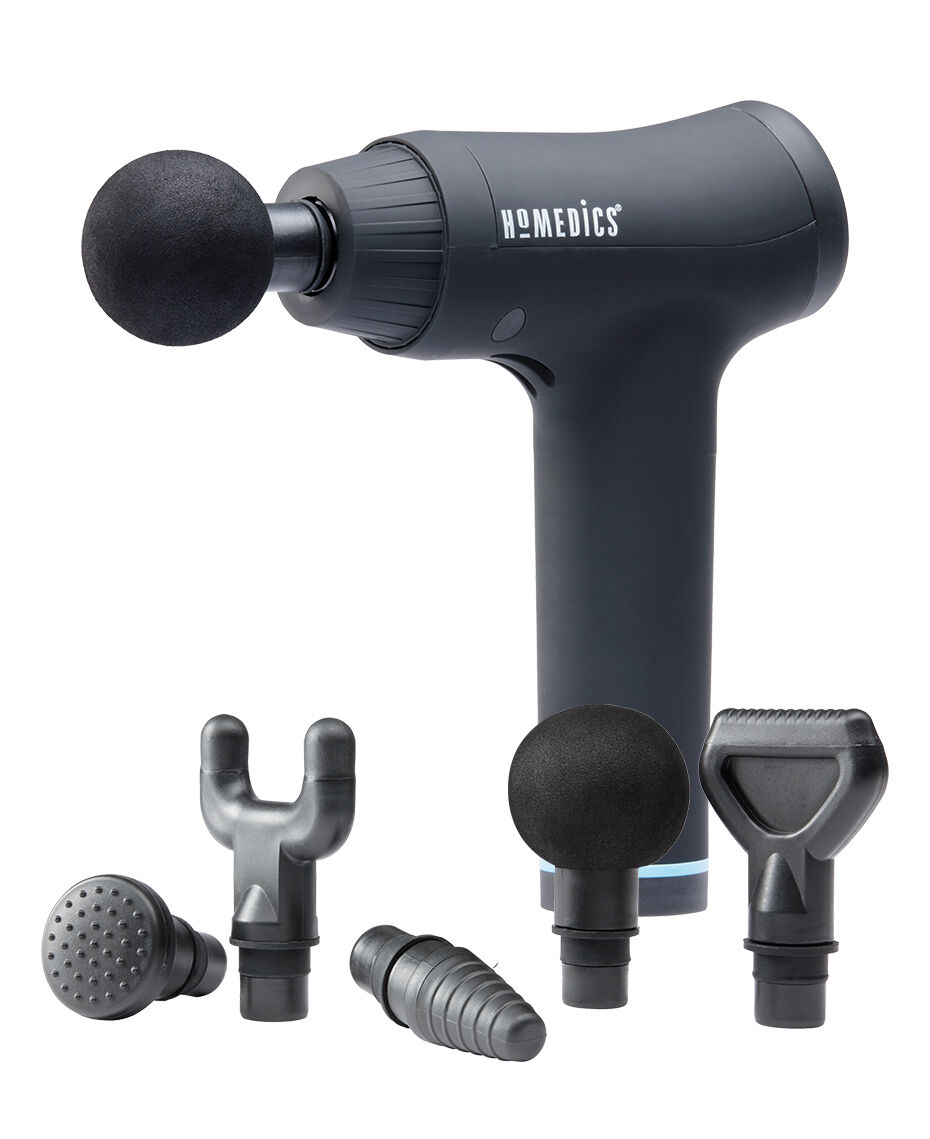Catalytic liners prevent build up for an easy clean
Save time and energy when it comes to cleaning your NEFF oven, thanks to the innovative EcoClean Direct catalytic liners. The interior is coated in a special rough ceramic layer that’s designed to catch grease and food splatters. When your appliance is on, any leftover residue will be broken down. This means it’ll only need a wipe down to stay spotless.






by Jennifer
Very satisfied – it’s the second one I have had and it suits us well. Only downside is that the control knobs are not illuminated.
by Richard
Bought along with a new hob and cooker hood as part of kitchen re-fit. All Neff as I hope that they will have the longevity of the outgoing AEG stuff. Only used the fan oven so far but it seems spot on. Heats up quickly and cooks things in the expected time. As others have said the timer alarm is too quiet and I can’t hear it easily from another room..e.g. while watching TV. Has lots of functions that I’ve yet to explore!
by Marion
Absolutely love my new double oven. My husband even said it has improved my cooking, cheeky but true. It looks very smart in my new refurbed kitchen. Thank you Neff you’ve never let me down, absolutely perfect. I will be back for my new Neff hob to match very soon.
by Colgra
Lovely replacement for my last Neff. Timer rings too quietly to hear when in another room, so not much use when you are busy.
by Paul
A fantastic cooker that looks great and has lots of ways to cook and bake. It has functionswe have not tried yet but it looks great and performs as well as our previous Neff oven.
by Alan
Great product, works well and has loads of functions.